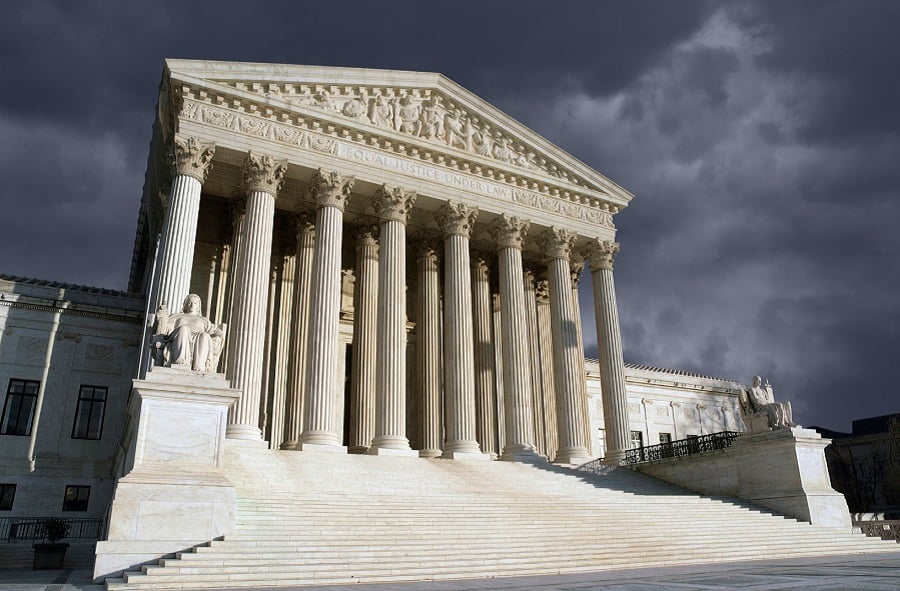

This article is one in a series of outlooks for 2022 by the InvestmentNews team.
Fiduciary liability, and the litigation that results from it, has been a big problem for the 401(k) and 403(b) worlds — but that could change in 2022.
A pending decision by the Supreme Court will likely determine how easy it is for plaintiffs’ law firms to bring class-action lawsuits against employers over their retirement plans. Central to that case, which was filed against Northwestern University, is whether it's enough for a suing party to explain that cheaper or better options were available to a plan in order to state a claim. Without that ability, many excessive-fee cases would fall flat, failing to survive motions to dismiss.
If the justices affirm the district and appellate court orders to toss the case, that precedent could make it tougher for litigators to pursue claims. But if the high court reverses the dismissal, that decision could embolden litigators.
The lawsuit trend, which has been 15 years in the making, has made plan sponsors leery of the fiduciary liabilities of offering a 401(k) to their employees. Some will consider switching to pooled employer plans, or PEPs.
That plan type, which first became available in 2021, includes fiduciary services for plan administration and investment selection that employers don’t have to shoulder. Though some PEPs providers have focused their efforts on startup plans and small businesses, others are positioning their products as a way to take the headache out of providing a retirement plan for midsize or larger employers.
Both strategies for selling PEPs will likely become more common. Some financial services firms have sat on the sidelines, waiting to see whether the “group of plans” model is viable. Groups of plans are a different multiple-employer structure that, like PEPs, resulted from the SECURE Act.
It has been an attractive proposition for plan providers, as groups of plans will not require them to have the same level of fiduciary responsibility as PEPs do, thus putting more liability on the employers.
However, a proposed rule several months ago from the Department of Labor shot a big hole in groups of plans. Revised requirements for its Form 5500 will preclude groups of plans from having a consolidated audit, meaning that every participating employer could be required to file its own. That is, unless the DOL changes its stance on that requirement when it publishes a final rule later in 2022.
Of course, employers also increasingly have another option for retirement plan coverage, depending on where they are located. State-run automatic IRA programs are proliferating, and people who otherwise would not have any access to workplace retirement plans can benefit from that. By June 30, California’s CalSavers program will require all employers with at least five workers to either provide their own retirement plans or sign up for the state option – a deadline that will funnel many new savers into that system.
It’s worth noting that May 1 marks the end of a two-year hiatus on federal student loan payments that had been put on hold starting with the CARES Act. Many young borrowers will find themselves making payments, some for the first time — and recent surveys have indicated that workers do not feel financially prepared for this.
Employers are aware, and some have been adding student loan payment benefits as way to help attract and retain workers, particularly at a time when jobs are difficult to fill.
Nonetheless, it’s likely that some workers will be financially struggling — and rising inflation certainly won’t help. As they look for places to cut costs, their 401(k) contributions will almost certainly be on the table.
More articles in this series:

Rajesh Markan earlier this year pleaded guilty to one count of criminal fraud related to his sale of fake investments to 10 clients totaling $2.9 million.

From building trust to steering through emotions and responding to client challenges, new advisors need human skills to shape the future of the advice industry.

"The outcome is correct, but it's disappointing that FINRA had ample opportunity to investigate the merits of clients' allegations in these claims, including the testimony in the three investor arbitrations with hearings," Jeff Erez, a plaintiff's attorney representing a large portion of the Stifel clients, said.

Chair also praised the passage of stablecoin legislation this week.

Maridea Wealth Management's deal in Chicago, Illinois is its first after securing a strategic investment in April.
Orion's Tom Wilson on delivering coordinated, high-touch service in a world where returns alone no longer set you apart.
Barely a decade old, registered index-linked annuities have quickly surged in popularity, thanks to their unique blend of protection and growth potential—an appealing option for investors looking to chart a steadier course through today's choppy market waters, says Myles Lambert, Brighthouse Financial.
